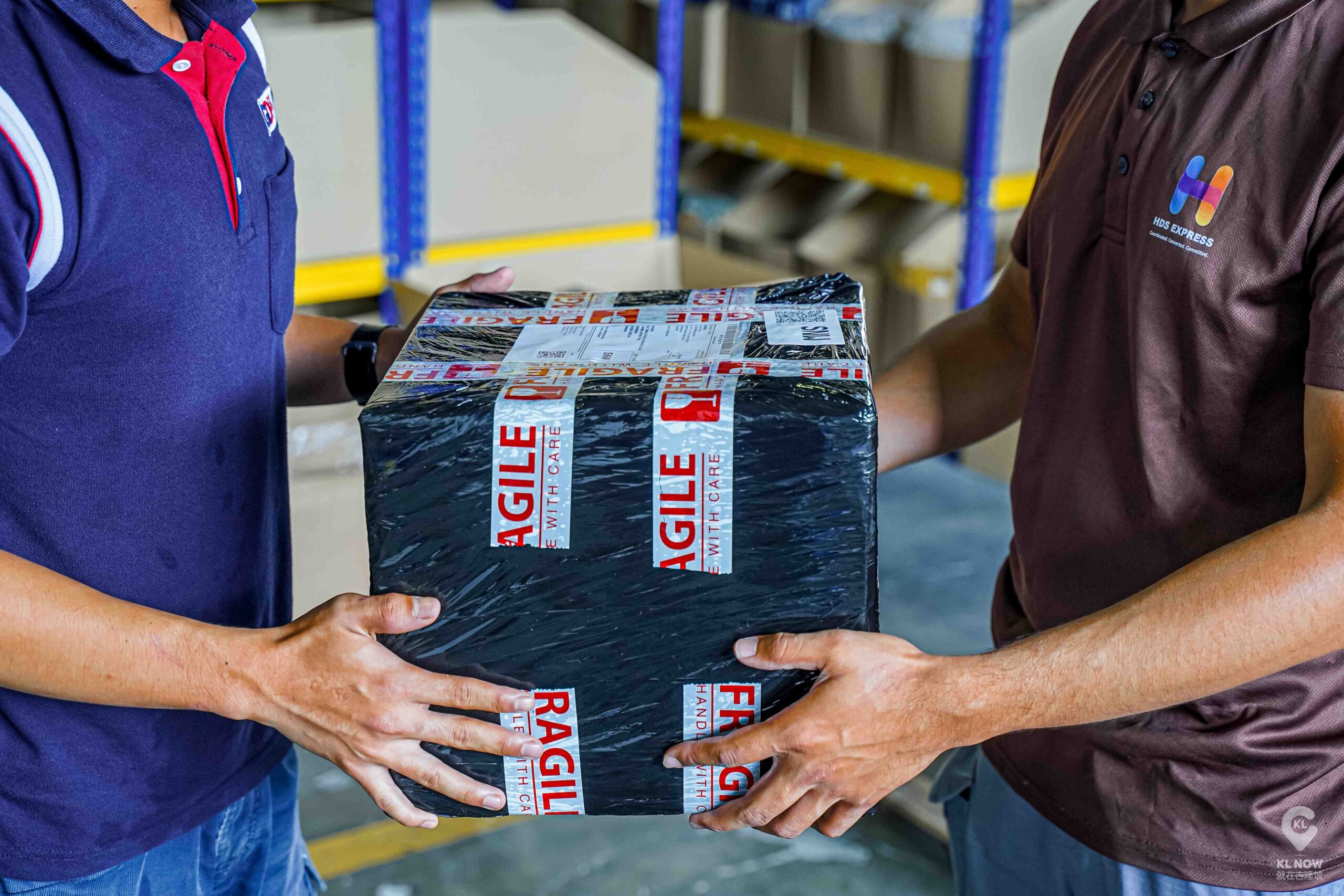A Warehouse Management System (WMS) and an Enterprise Resource Planning (ERP) system are both essential for optimizing business operations, especially for warehouse fulfillment, inventory management, and e-commerce. While both serve different functions, they work together to improve efficiency, accuracy, and scalability.
- What is a WMS (Warehouse Management System)?
A WMS is designed specifically to manage warehouse operations, including inventory tracking, order fulfillment, and warehouse efficiency. It provides real-time data on inventory levels, item locations, and order status.
Key Benefits of WMS:
✅ Real-Time Inventory Tracking – Instantly updates stock levels when items are received, moved, or shipped.
✅ Optimized Order Fulfillment – Reduces picking and packing errors by guiding warehouse staff.
✅ Barcode Integration – Ensures accuracy with automated scanning instead of manual checks.
✅ FIFO & FEFO Compliance – Tracks expiration dates and batch numbers for proper stock rotation.
✅ Warehouse Space Optimization – Suggests the best bin/rack locations to maximize space.
✅ Faster Order Processing – Reduces delays and increases shipping speed by 50% or more.
- What is an ERP (Enterprise Resource Planning) System?
An ERP integrates all business processes (finance, sales, HR, procurement, and warehouse operations) into one centralized system. It provides end-to-end visibility and automates various workflows.
Key Benefits of ERP:
✅ Centralized Data Management – Syncs warehouse, sales, purchasing, and accounting data in one system.
✅ Improved Demand Forecasting – Uses data analytics to predict stock requirements and avoid shortages.
✅ Automated Order Processing – Integrates with e-commerce (Shopify, Shopee, Lazada, TikTok) for seamless order management.
✅ Financial & Compliance Reporting – Tracks inventory costs, revenue, and tax compliance.
✅ Supplier & Procurement Integration – Automates stock replenishment based on sales data.
- Why You Need Both WMS and ERP Together
A WMS optimizes warehouse operations, while an ERP manages overall business processes. When integrated, they provide seamless inventory control, financial tracking, and order management.
| Feature | WMS | ERP | Why Both Are Needed? |
|---|---|---|---|
| Inventory Tracking | ✅ Real-time stock updates | ✅ Links stock with financials | Accurate stock levels and valuation |
| Order Fulfillment | ✅ Manages picking, packing, and shipping | ✅ Syncs with sales and finance | Faster order processing and cost tracking |
| E-Commerce Integration | ✅ Connects with WMS for order processing | ✅ Manages payments, returns, and customer data | End-to-end automation from order to delivery |
| Financial Management | ❌ Not included | ✅ Tracks revenue, costs, and profit | Avoids stock loss and financial discrepancies |
| Warehouse Optimization | ✅ Manages space and labor | ❌ Not included | Reduces waste and improves efficiency |
📌 Example:
An online seller using both WMS & ERP can sync real-time inventory with Shopee, Lazada, and Shopify while tracking sales revenue and costs automatically.
- What Happens If You Don’t Use WMS & ERP?
❌ Stock discrepancies – Without WMS, inventory counts will be inaccurate, leading to overselling or stockouts.
❌ Slow order processing – Manual order fulfillment increases errors and delays.
❌ Higher operational costs – Inefficiencies in warehouse management increase labor costs.
❌ Data silos – Different departments (warehouse, finance, sales) operate separately, causing miscommunication.
❌ Poor customer experience – Late deliveries and wrong shipments affect customer satisfaction.
📌 Example:
A warehouse without WMS & ERP may spend hours manually checking stock levels, leading to delayed shipments and lost sales.
Final Verdict: Why WMS & ERP Are Essential
🔹 WMS improves warehouse efficiency, order accuracy, and stock management.
🔹 ERP integrates business operations, finance, and sales for better decision-making.
🔹 Together, they create a seamless, automated system that reduces costs, improves order fulfillment, and enhances customer satisfaction.
📌 Bottom Line: If you want to scale your business, reduce errors, and improve efficiency, WMS and ERP integration is a must-have.



